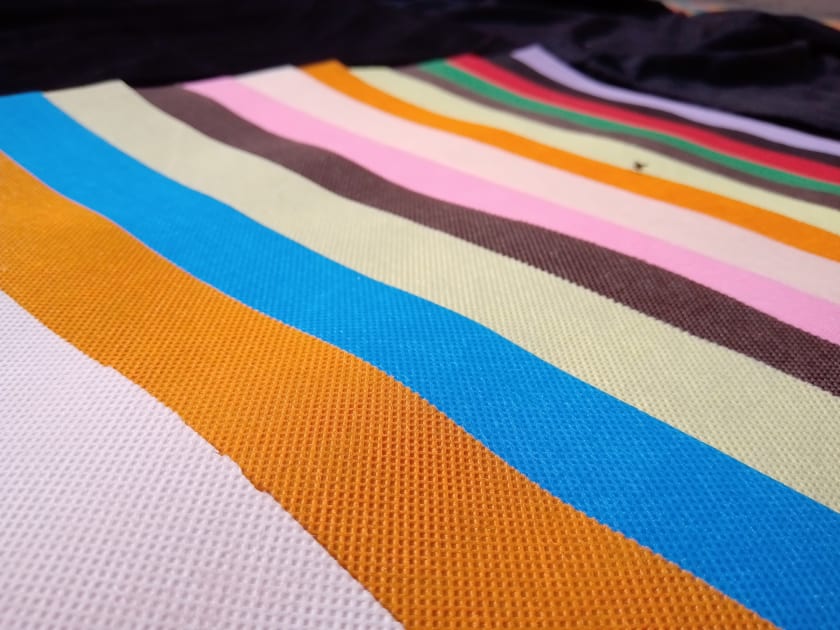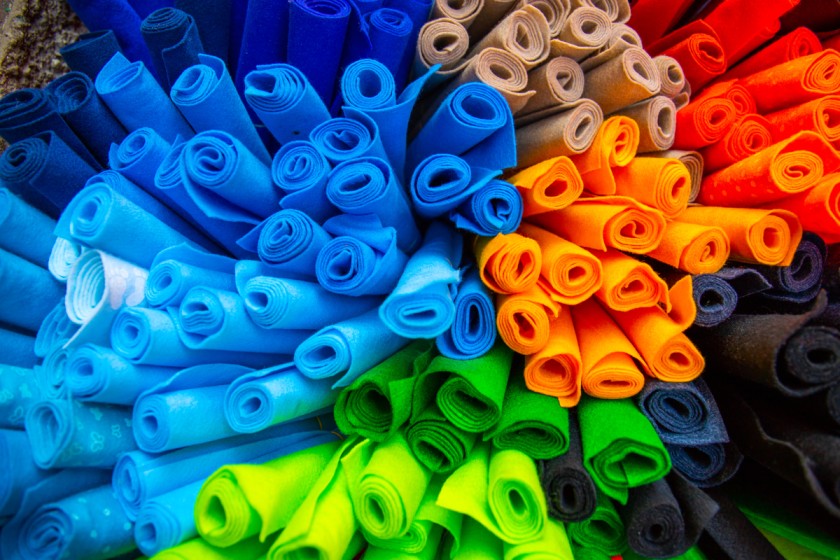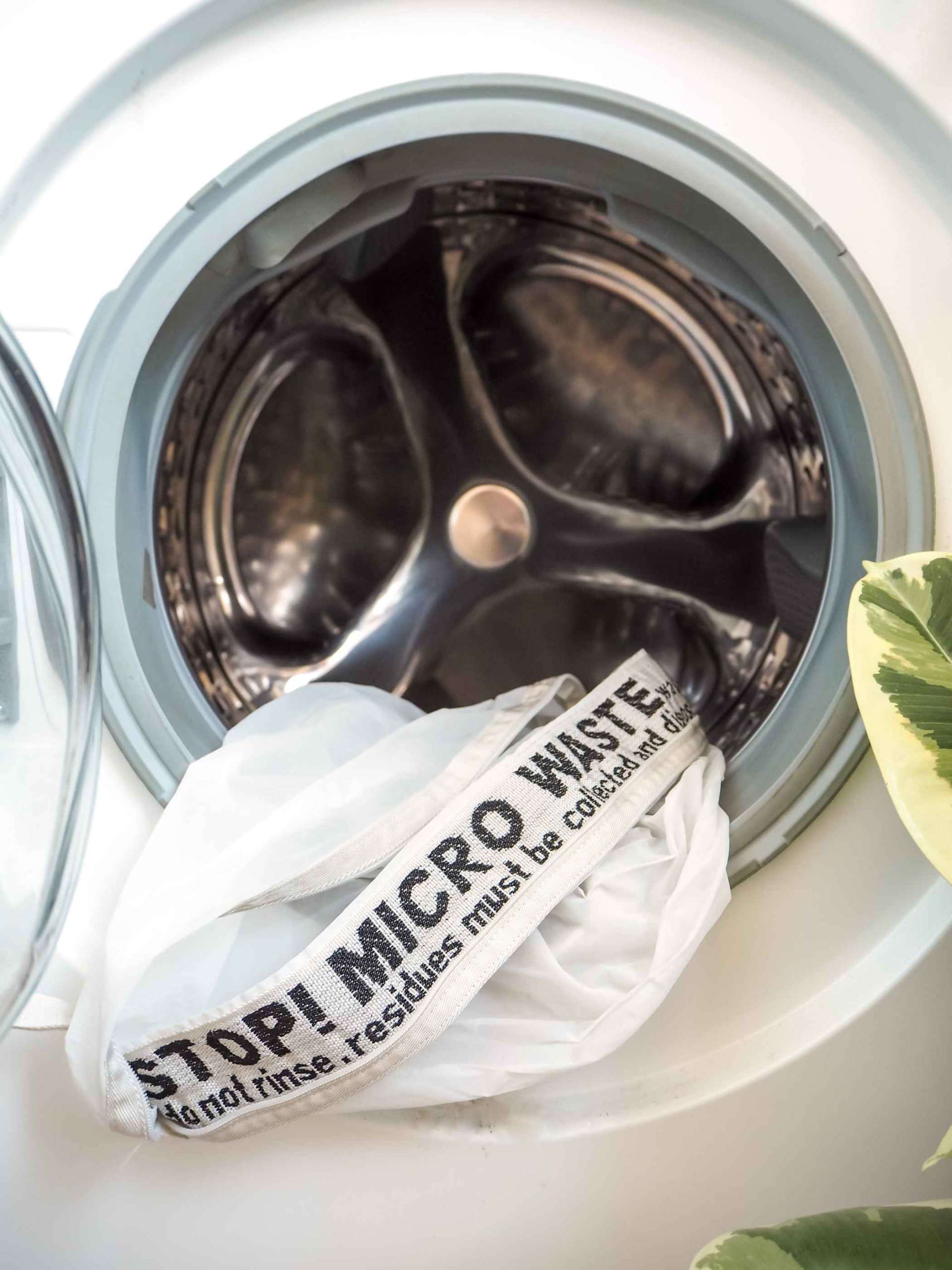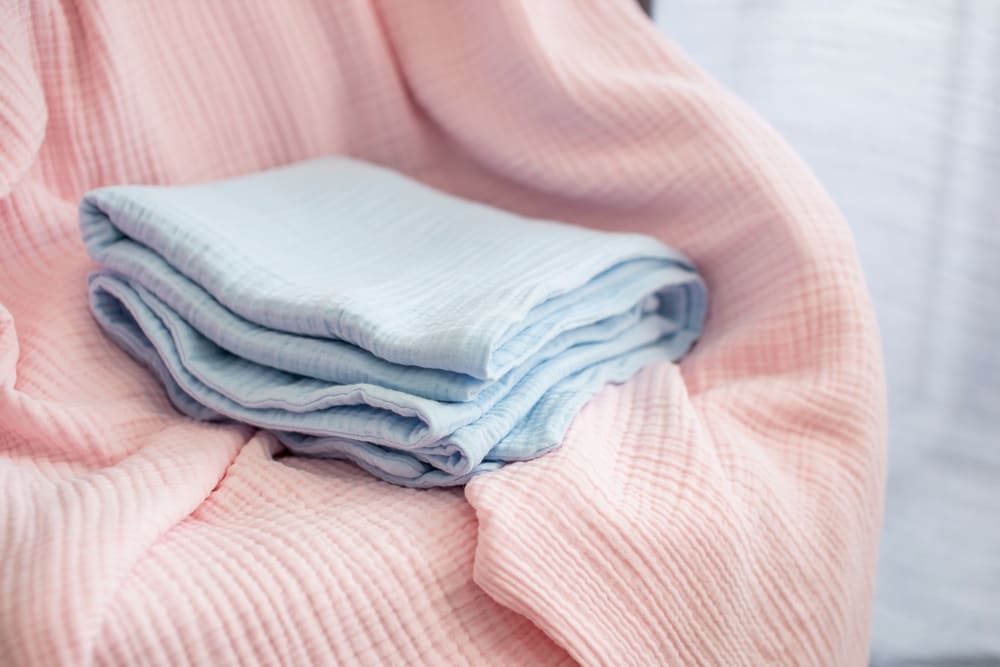What is Spunbond Nonwoven Fabric, its importance and application



Several factors highlight the rapid growth of the spunbond nonwoven fabric market in the forthcoming years. As per a report, the global industry dealing in the fabric will experience substantial growth of 8.3% by the year 2027, going from 12.75 billion in 2019 to 23.33 billion in 2027. The reasons for the expected surge are numerous, but primarily, it is crucial to know what exactly spunbond nonwoven fabric is to understand its growing fame and importance in the industry.
What is Nonwoven Fabric?

Nonwoven fabrics are the fabrics that are produced directly with the use of fibers. Unlike woven fabrics, this fiber does not require to be converted into a yard to produce the final product. On the contrary, to produce them, small fibers are laid in the form of sheets and converted into fabric by bonding the fibers together. The bonding can be done chemically, mechanically, or with the help of heat or solvent treatment. There are several methods of producing nonwovens. Out of all the ways, spunbond is one such significant way of manufacturing unwoven materials.
Some crucial processes of producing nonwovens are discussed below:
Melt-blown Fabric
Melt-blown fabrics are manufactured by using polymer fibers. The melted fibers are ejected from a spinnet consisting of holes. The material extrudes and stretches as a sheet. And finally, the stretched fibers are cooled by passing hot air through them and are converted into meltdown fabric rolls.
The melt-blown fabric can be used for various purposes, including masks, PPE kits, air filtration cloths, liquid filtration equipment, cleaning cloths, oil-absorbing materials, shoe liners, bags, tea bags, and others.
In the prevailing pandemic conditions, the melt-blown fabric has been widely used for producing healthcare products, including masks and PPE kits. They are manufactured using spunbond nonwovens, nonwoven melt-blown fabrics, and cotton fabric to ensure protection from harmful viruses in the air.
Spunbond Nonwoven Fabric
Spunlaid, or spunbond nonwovens, can be manufactured in a continuous process. In the process, the fibers used are primarily spun, and then with the help of deflectors, they are spread on a sheet. Spunbond is comparatively a faster way of producing polymer nonwovens as the technique results in faster belt speeds and manufactures low-cost products.
The nonwoven materials manufactured using the meltdown technique have lower intrinsic strength than the spunbond. Consequently, the melt-blown fabrics are mixed with the spunbond fabrics to produce much stronger and more resilient nonwoven products through the technique of spun-melt-spun, also called SMS fabrics. These fabrics, made with polypropylene (PP), are waterproof and can be utilized for use-and-throw purposes.
Staple Nonwoven Fabric
Using the staple method is another technique for producing nonwoven fabrics. Staple nonwovens are manufactured following four steps. In the first place, the fibers are spun and then put into bales, followed by the blending process. After the fibers are blended, they are spread over a convoy belt and are finally laid in a web to produce the final product. The thermal technique of bonding or resin is used for bonding the fibers to produce staple nonwovens.
The aforementioned techniques are amongst the most famous ways of producing nonwoven fabric. However, other methods like air-laid and wet-laid methods are widely used to produce fabrics without yards.
Differences Between Woven and Non-Woven Fabrics

Besides the use of yarn for the production of woven materials, several other factors differentiate woven fabrics from nonwoven ones. Some prime differences between them are:
- Different kinds of yards like textured, novelty, and plain yards are required to make any type of variations in the woven fabrics. On the contrary, in the case of nonwoven fabrics, the variations in the fabric are made using different bonding methods and fibers.
- The woven fabrics are incapable of absorbing shocks unless the fabric is thick, but nonwovens, on the other hand, are shock resistant.
- Furthermore, fabrics made from yarns require finishing. However, that is not the case with nonwovens. They do not need any kind of finishing, weaving, or sewing.
- The high tear strength of the unwoven fabrics makes them different from the woven fabrics that can or cannot get torn depending upon the fabric. Nevertheless, most woven materials have less tear strength than nonwoven fabrics.
- Nonwovens are sound and water-resistant, while wovens are not, which thus adds to the advantage of the nonwoven materials, making them the favorite for many.
Importance of Spunbond Nonwoven Fabrics
Nonwoven spunbond fabrics do not require yards or sewing for their production. The manufacturing process is much easier than any woven fabric, which leads to the affordability and durability of the product. This makes them a drable for people, fashion enterprises, furniture manufacturing organizations, the healthcare sector, and sanitary producers.
A few reasons why the importance of nonwoven spunbond fabrics has grown manifold over the years are:
- They have a high tear strength, thus making them more resilient than any other type of material. Due to their strength, they are considered appropriate for using them as carrying bags.
- Nonwoven spunbond fabrics, in most cases, are biodegradable, which makes them environment-friendly to use. Nonwoven bags and other products can be recycled for multiple uses.
- The fabric is layered, which makes it more durable.
- In addition, polypropylene unwoven fabric is highly repellant to liquids and thus has high tensile strength and flexibility.
- The fast manufacturing method makes them affordable for people to consume for miscellaneous purposes.
- Compared to any other nonwoven material, spunbond fabrics have excellent physical properties that make them an appropriate pick.
- The PP nonwovens are safe from cloth or fiber bacteria that can destroy the material.
The above-mentioned benefits demonstrate why the fabric industry foresees a heavy rise in the market of spunbond nonwoven fabrics. Even today, many manufacturers and industries have switched to using nonwoven products for the advantages associated with their use.
Applications of Spunbond Nonwovens
Spunbond nonwovens can be consumed for multiple purposes like disposable masks, use and throw gloves, child diapers, sanitary napkins, house wraps, etc. However, the application of these types of nonwovens is not only limited to these uses. They are required for several other motives like:
- Various industries utilize the product for disposal purposes like masks, sanitary napkins, bandages, towels, wipes, child diapers, disposable dresses, carry bags, dust cloths, etc.
- The dewatering property of the fabric allows it to be used widely for the closing of cement and concrete.
- As the nonwovens are highly durable, they also have significant use in the production of household goods and home furnishing products like drapes, upholstery, mattress paddings, table covers, chair covers, carpets, etc.
- In addition to that, the fabric is also required for the making of tea bags, filtering products, gel bags, and other similar products.
- The nonwoven fabric is furthermore used for agricultural purposes like weed control fabrics, covering crops, crop protecting fabric for crops, root covers, etc.
In addition to all the applications of spunbond nonwoven materials, what sets them apart are their environmentally friendly properties. In the modern-day, when the world can see and experience the repercussions of climatic change, industries must become conscious of their surroundings and adapt themselves to more sustainable ways of manufacturing products. With its biodegradable factors, many businesses and leading industries increase their use of nonwoven fabrics.
Fashinza is the Amazon of clothing brands. One can meet their needs by finding the best quality spunbond nonwovens at the most affordable prices here. Fashinza takes utmost care of the requirements of its customers. Here one can make an order, track the delivery, receive regular updates on their purchase to facilitate an easy buying process. Buy now at Fashinza!



















